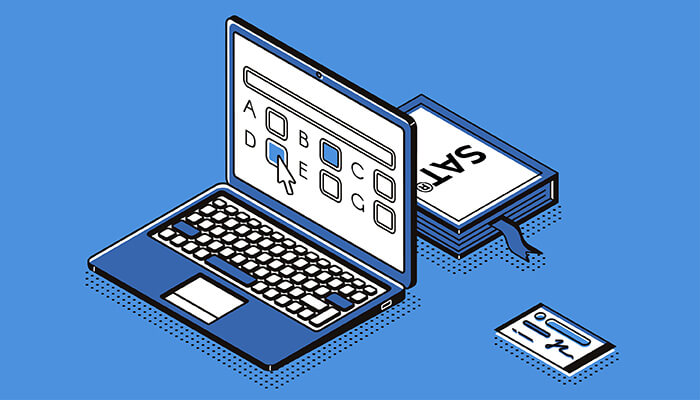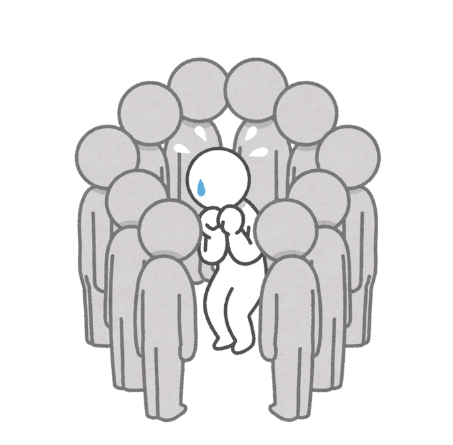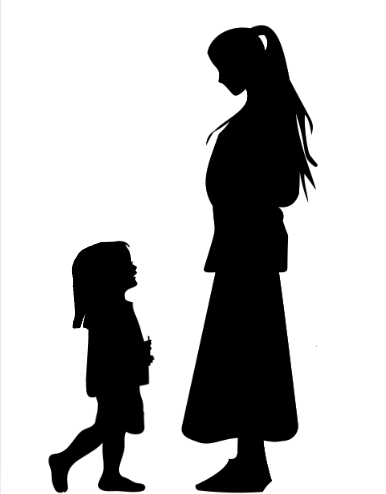The SAT is a standardized test that most colleges and universities use to determine their decisions on student admission. Up until 2024, the SAT has always been on a paper testing sheet and #2 pencils had to be used to fill out the sheet. Since 2022, the College Board (the owner of the test) has hinted that the test will eventually go digital. And as of March 9th, 2024 the test has been and will stay digital until the foreseeable future.
Originally, the paper test was divided into 4 sections: reading, writing and language, math with no calculator, and math with calculator. The digital test (DSAT), however, has two sections each divided into 2 modules. Instead of separating the reading and writing sections, they are combined into two 27-question modules and have shorter passages compared to the paper testing. The math section is similar to the English section because it has two modules and, unlike the paper testing, a calculator is offered for the entire section of the test; in fact, a Desmos graphing calculator is provided within the testing portal. The biggest difference between the digital and paper test is that the digital test is adaptive, so depending on how well you do on the first English and math module, the harder or easier your second module will be.
Recently, I took the first official DSAT on March 9th, 2024. Personally, I thought it was so much better than the paper SAT for so many reasons. My favorite modification to the test is the shorter English passages since I’ve had a hard time focusing on longer passages in the past. I also like how there aren’t as many questions for each section; therefore, students are dismissed from the testing site almost 2 hours earlier. But my favorite addition of all is the Desmos graphing calculator. However, the adaptive feature of the test can backfire. For example, if a student sees much easier questions on the second module, it means they didn’t do very well on the first one, which might lower motivation and brain power for the remaining test.
It is mandatory to take the DSAT to become a senior, so how did current juniors feel about the DSAT School Day on April 9? Cera Lim said, “I highly dislike the DSAT. I definitely prefer the paper version since it’s not adaptive…Also, I’m not a good virtual test taker, I prefer pen and pencil in front of me.”
Sophia Nguyen took the March 9th test to get a better feeling for the digital format before April 9. “I prefer the DSAT because the reading passages are shorter and it takes less time,” she said. “Whether digital or on paper, it’s still the SAT and it makes me nervous.”
Whether you like the DSAT or not, it is here to stay, so students must adapt.



















